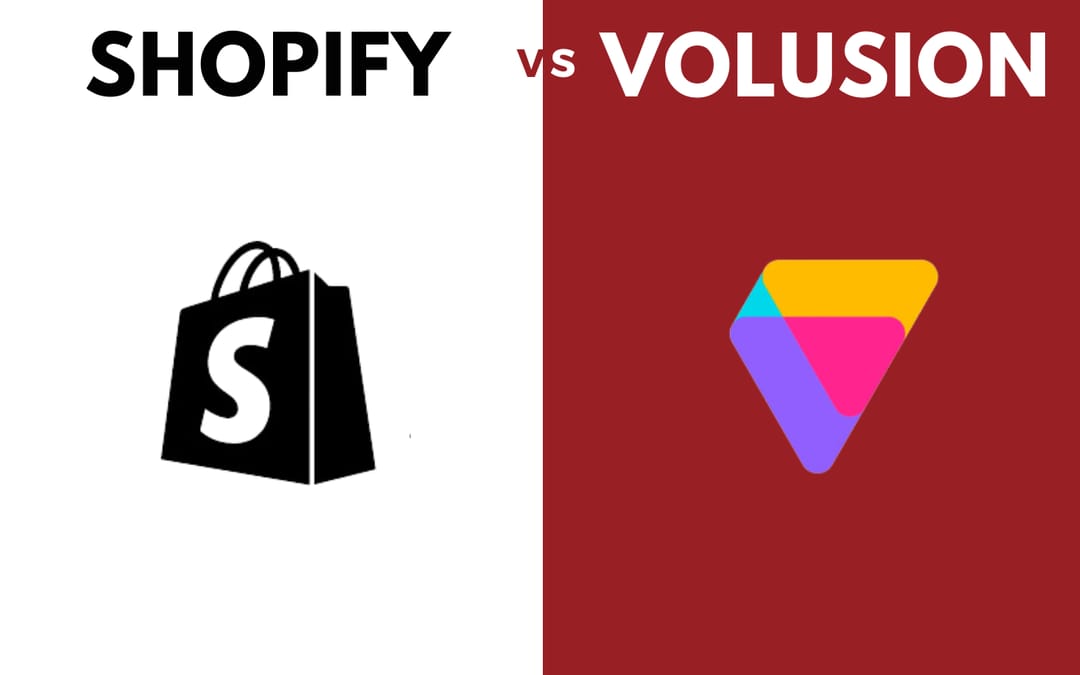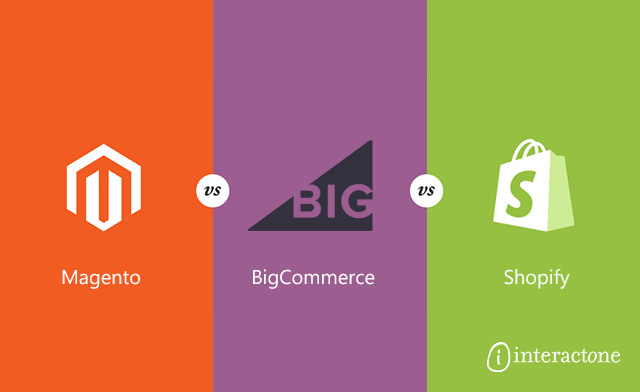
Local SEO: The Definitive Guide

Meet Sarah, the proud owner of a pet supply store named “Paws & Claws Emporium.” Despite offering a wide range of high-quality pet products and exceptional customer service, Sarah feels invisible online. Her store’s website is buried deep within search engine results, making it nearly impossible for potential customers to discover her. Despite her dedication to providing top-notch pet supplies and creating a welcoming atmosphere for furry friends and their owners, Sarah is disheartened as she sees foot traffic decline while neighboring competitors thrive online. She knows that if more people could find her store with a simple online search, Paws & Claws Emporium could become the go-to destination for all pet lovers in the area. That’s where local SEO comes in..
At InteractOne, we’ve helped countless merchants unlock the full potential of their online presence and thrive. Dive into our local SEO guide, designed to catapult your digital presence from obscurity to the spotlight. Or, contact us by clicking the link below for personalized assistance.
What is Local SEO and Why Is It Essential?
Defining Local SEO
Local SEO is a specialized form of search engine optimization (SEO). It helps businesses rank higher in local search results and attract more customers in their geographic area. General SEO, on the other hand, aims to improve overall website visibility and rankings across broader, non-location-specific searches.
The key differences between local SEO and general SEO are:
| Aspect | Local SEO | General SEO |
| Location Focus | Targets specific geographic areas (e.g., city, region) | Aims to rank nationally or globally without geographic focus |
| Search Engine Results | Includes Google Maps “snack pack” and local listings | Focuses on improving rankings in main organic search results |
| Ranking Factors | Proximity, prominence, relevance to searcher’s location | Content quality, backlinks, technical website optimization |
| Strategies | Claiming & optimizing GMB listings, building citations | Content marketing, link building, technical website improvements |
The Importance of Local SEO for Small to Medium Businesses
For small to medium businesses, local SEO is not just an option – it’s a necessity. With consumers increasingly relying on online searches to find nearby products and services, being visible to local customers is paramount for business growth and survival. Local SEO serves as a leveling force, allowing businesses of all sizes to carve out a distinctive presence within their communities.
Imagine you own a cozy cafe in a bustling city neighborhood. With foot traffic dwindling and competition from nearby chains growing, you’re struggling to attract customers. However, by implementing a robust local SEO strategy, you optimize your online presence to ensure your cafe appears prominently in local search results when nearby residents search for phrases like “coffee shops near me” or “best brunch spots in [neighborhood].” As a result, more locals discover your cafe online and decide to stop by for a latte or a bite to eat. By leveraging local SEO, you’ve effectively leveled the playing field against larger competitors and carved out a distinctive presence within your community.
The Impact of Local SEO on Business Growth
Consider this: 97% of people rely on online sources to learn about local businesses, with 88% of them taking action, such as visiting or calling a store, within 24 hours of finding information online. Even more compelling, 28% of local searches lead to a purchase within the same timeframe, and consumers are willing to pay a premium of 22% for a local product or service with a positive online reputation.
These statistics highlight the significant impact of local SEO in driving foot traffic and boosting sales for local businesses. They demonstrate the effectiveness of local SEO in attracting qualified, high-intent traffic and converting visitors into paying customers, both online and offline.

Crafting Your Local SEO Strategy
Setting Up Your Google My Business Profile
Your Google My Business (GMB) profile is the cornerstone of your local SEO strategy. Follow these steps to it set up:
- Create a Google Account: If you don’t already have one, create a Google account to access the Google My Business platform.
- Claim or Create Your GMB Listing: Go to google.com/business and click “Manage now” to either claim an existing listing or create a new one for your business.
- Enter Your Business Information: Provide your business name, address, phone number, website, and business category.
- Verify Your Business: Google will send a postcard with a verification code to your business address. Enter this code to complete the verification process and gain full access to your GMB profile.
- Add Business Hours and Other Details: Fill out your business hours, holiday hours, services offered, and any other relevant information about your business.
Once you’ve got your GMB up and running, it’s time to optimize it:
- Ensure Accurate and Complete Information: Double-check that all your business details, like name, address, phone, website, and category, are correct and comprehensive.
- Utilize Relevant Business Attributes: Select applicable attributes for your business, such as “Wheelchair accessible” or “Takes reservations,” to provide more context.
- Write a Compelling Business Description: Craft a 750-character description that highlights your unique offerings, products, and services in an engaging way.
- Upload High-Quality Photos: Add photos of your business, products, team, and location to make your listing more visually appealing.
- Publish Google Posts Regularly: Share updates, offers, events, and other news through Google Posts to keep your listing fresh and engaging.
- Monitor Performance Insights: Regularly check your GMB performance data to identify areas for improvement and track the impact of your optimization efforts.
By following these steps, you can set up a robust Google My Business listing and optimize it to improve your local search visibility, drive more traffic, and ultimately boost sales for your business.
For small to medium businesses, local SEO is not just an option – it’s a necessity.
Optimizing Your Website for Local Search
You need to make sure your website is ready and optimized for local SEO. Here’s how to get started:
- Identify Relevant Local Keywords: Start by brainstorming keywords your potential customers might use to search for businesses like yours in your local area. Consider location-specific terms like your city, neighborhood, or region.
- Use Keyword Research Tools: Leverage tools like Google Keyword Planner, Ubersuggest, and Moz Keyword Explorer to research search volume, competition, and related local keywords.
- Analyze Competitor Keywords: Look at the keywords your local competitors are targeting and ranking for. This can give you ideas for additional local keywords to focus on.
- Consider Search Intent: Understand whether customers are searching with “implicit” local intent (e.g., “hardware store”) or “explicit” local intent (e.g., “hardware store near me”). Optimize for both types of searches.
- Prioritize High-Intent Keywords: Focus on local keywords that indicate a higher purchase intent, such as “buy,” “order,” or “near me” modifiers.
Optimizing Meta Descriptions and Title Tags for Local SEO
Meta descriptions and title tags must be tailored for local relevance, matching the needs and preferences of local searchers. They need to be concise: 150-160 characters for meta descriptions and just 50-60 for title tags. But keep them descriptive to entice click-throughs from local audiences. Incorporate location keywords, such as your city or neighborhood name, to signal local relevance and capture the attention of nearby customers. Highlight local credibility and unique selling points by showcasing social proof, like founding date or customer reviews, and emphasizing local-focused offers or discounts.
Optimizing Content for Local Relevance
When optimizing content for local relevance, creating location-specific pages and content that resonate with your local market is essential. This includes developing city/neighborhood pages, crafting local blog posts, and providing comprehensive service area information. Integrate local keywords seamlessly throughout your content to reinforce its relevance to the target location. Consistency is vital, so ensure that your name, address, and phone number (NAP) information remains uniform across your website, local directories, and other online listings. Additionally, actively encourage and respond to local reviews on platforms like Google, Yelp, and Facebook to foster trust and credibility within your community.
Building Local Backlinks
Local backlinks signal to search engines that a business is relevant and authoritative in a specific geographic area, which can boost local search rankings. Backlinks from reputable local websites help build trust and credibility with potential customers, making them more likely to choose that business. Local backlinks can drive targeted, local traffic to a website, leading to higher conversion rates and more sales.
Strategies for Local Backlinks
- Create High-Quality, Local Content: Develop compelling, informative content tailored to the local audience, such as local guides, event coverage, and local success stories.
- Leverage Local Business Directories: Submit business information to prominent local directories to acquire backlinks and improve the consistency of NAP (name, address, phone).
- Guest Post on Local Websites: Identify local blogs, news sites, and community forums that accept guest contributions and pitch relevant, valuable content.
- Participate in Local Events and Sponsorships: Sponsor local events, charities, or organizations to earn backlinks from their websites.
- Build Relationships with Local Influencers: Collaborate with local industry experts and influencers to create co-branded content or promotions that can result in backlinks.
Monitor and Maintain Backlinks: Regularly track the business’s backlink profile, ensure links are still active, and address any issues to maintain the quality of local backlinks.

Advanced Local SEO Tactics
Leveraging Local Business Reviews
Positive reviews not only improve your reputation but also boost your local search rankings. Encourage customers to leave reviews by providing exceptional service, and remember to respond to both positive and negative feedback promptly.
If negative reviews make you nervous, InteractOne offers a comprehensive guide on how to effectively address them without resorting to removal. Learn how to handle them strategically and turn them into opportunities for growth with our expert advice.
Using Social Media to Boost Local SEO
Social media platforms play a crucial role in local SEO strategies, facilitating increased visibility in local searches and fostering community engagement among local customers.
For instance, consider an online artisanal jewelry store based in a quaint coastal town. By curating captivating content featuring their unique pieces against the backdrop of local landmarks and using town-specific hashtags, they enhance their discoverability among local audiences. Leveraging location-based features on platforms like Instagram and Facebook further amplifies their visibility in local searches while forging stronger community connections. Through strategic social media engagement, the jewelry store elevates its local SEO efforts, attracting more customers from its geographic area.
Mobile Optimization and Local SEO
Given the prevalence of mobile search, optimizing your website for mobile devices is essential for local businesses. Imagine someone is out and about in your city, craving a freshly brewed cup of coffee. They pull out their phone and search for “best coffee shops near me.” Your café’s website appears in the search results, but when they click the link, the site takes forever to load. Frustrated, they abandon your page and move on to a competitor whose website loads quickly and offers a seamless browsing experience. Ensure your site loads quickly, is easy to navigate on small screens, and provides a seamless user experience to avoid losing valuable business opportunities.
Elevate Your Business with Local SEO: From Invisible to Irresistible
With the tips from our local SEO guide, businesses can shed their invisibility online. A well-crafted local SEO strategy empowers them to enhance visibility, attract more customers, and thrive in regional markets. Any business can become a beloved neighborhood hotspot by optimizing Google My Business profiles, creating strategic website content, and maintaining an engaging social media presence. This showcases the transformative potential of local SEO in boosting a local business’s online presence and driving foot traffic.
At InteractOne, we’re passionate about helping businesses harness the power of local SEO to unlock their full potential. Ready to take your local SEO to the next level? Contact InteractOne for comprehensive SEO and digital marketing services tailored to your business’s needs.
Drop Us a Line At:
Or, if you prefer an old-fashioned phone call:
Phone (USA): (513) 469-3362
Proudly headquartered in Cincinnati, Ohio



























